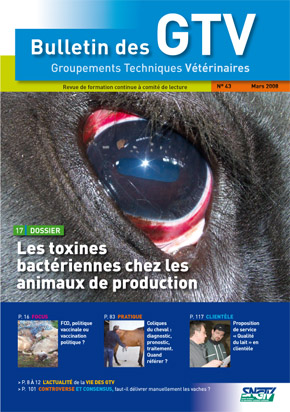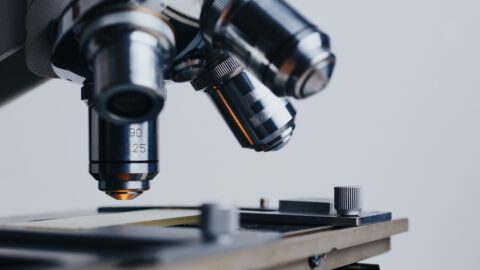Les toxines bactériennes : classification, toxinogénèse, pouvoirs toxiques et antigéniques

Auteurs
Résumé
Les toxines bactériennes sont des substances macromoléculaires et antigéniques, d’origine bactérienne, toxiques pour un organisme animal ou végétal ou toxiques in vitro, sur les tissus et cellules qui en dérivent. Fondée sur la localisation de la toxine dans la bactérie, c’est la classification topologique de ALOUF et RAYNAUD qui est la plus communément admise, car la plus discriminative. C’est en général au cours de la phase exponentielle de croissance que se fait la synthèse de la toxine. Le support génétique de la toxinogénèse peut être, soit chromosomique, soit plasmidique, soit phagique. Le pouvoir antigénique des toxines protéiques est le plus souvent élevé et provoque l’apparition d’anticorps spécifiques. La toxicité des toxines protéiques est caractérisée par sa spécificité d’action, variable en fonction de l’espèce bactérienne, et par son intensité. Les toxines bactériennes sont les poisons naturels les plus violents connus. La vaccination par les anatoxines représente l’une des applications les plus importantes de toute la médecine humaine et animale.
Abstract
Bacterial toxins are macromolecular and antigenic compounds. Produced by bacterial organisms, they are toxic for animal or vegetal organisms or, in vitro, for vegetal and animal tissues or cells. Based on the toxin localisation in bacteria, Alouf and Raynaud topological classification is the most commonly used, because it is the most discriminative one.Generally, the toxin is produced during the exponential growth phase of the bacteria. Gene coding the toxins can be located on chromosome, plasmid or phage. The antigenic capacity of protein toxins is frequently high and induces the production of specific antibodies. Protein toxin toxicity is characterized by its specificity, varying from one bacterial species to another, and its intensity. Bacterial toxins are the strongest known natural poisons. Vaccination with anatoxins represents one of the most important applications both for human and animal medicine.

